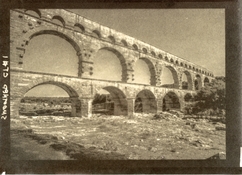Bump...12 years since this thread started.
I'm going to order some cold pressed Arches Aquarelle for salt prints, and was wondering if anyone wanted to add their experience/wisdom about this paper.
Can you coat on both sides?
I'm going to order some cold pressed Arches Aquarelle for salt prints, and was wondering if anyone wanted to add their experience/wisdom about this paper.
Can you coat on both sides?
Last edited:











